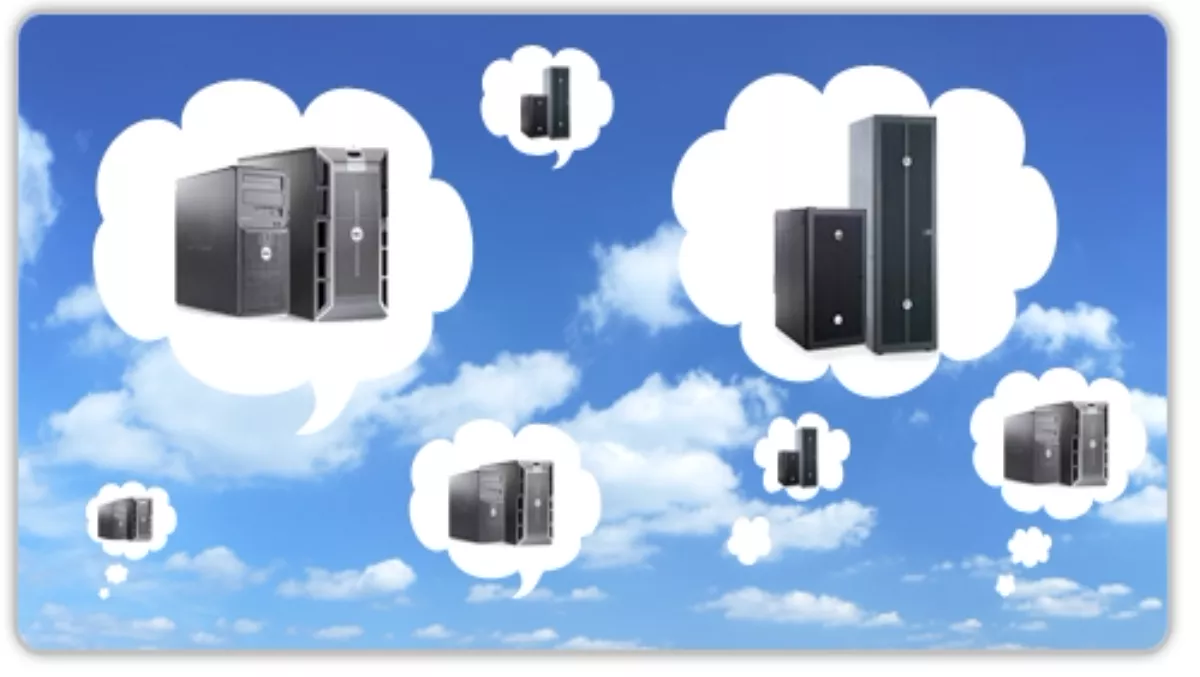
Don’t forget virtualisation
Cloud computing has been the buzzword for a few years now. We all listened to what the experts said, how it would streamline and simplify applications, make better use of existing infrastructure and, above all, save money. Cloud computing, however, is not for everyone. A survey of 111 attendees at the CA Expo series in Australia in July 2011 found government organisations are much less likely to run applications in the cloud than their commercial counterparts: 57% of government respondents said they run no applications in the cloud compared to 36% of commercial organisations. Conversations with New Zealand public and private organisations echo similar results. Unfortunately, many Kiwi government organisations, gun shy about moving to a cloud environment, are so tired of the hype surrounding cloud computing they risk overlooking the potential for other cloud-like approaches such as virtualisation and automation. These approaches are traditionally used to prepare an IT environment for cloud, but offer great benefits in their own right. Infrastructure becomes more scalable, modular and mobile, or for lack of better words – 'cloud-like'. Harnessing virtualisation technologies delivers the benefits of being 'cloud-like' by evolving existing IT infrastructure into a more robust system, without having to enter the cloud itself. Harnessing automation to complete operational tasks, deliver comprehensive user self-service and create a more efficient environment completes the cloud-like system. Public and private sector organisations should be aware of this business option. With the current round of whole of government tenders, we've watched how New Zealand government organisations are confronted with the issues of managing capacity and streamlining virtualisation. But they face the unique challenges of having to achieve their goals in a public forum. From public expectations and media attention to data security and privacy, through to requirements for data sovereignty and the impact of foreign government acts such as the US Patriot Act, the pressure for public systems to deliver has mounted. Virtualisation and automation are mature technologies with proven track records delivering IT efficiency and cost savings, and they hold up to public scrutiny. The right virtualisation technologies transform public IT departments into proficient and scalable organisations with the ability to deliver efficient IT infrastructure and operating cost reductions to stakeholders such as policy makers and dependent agencies. Automation can help IT departments continue to deliver optimal IT services without requiring significant capital investment. Virtualisation and automation preserve existing IT investments while giving public or private organisations the option to evolve to the cloud. In our poll we asked respondents what they would do differently the next time they implemented cloud into their IT environment. Almost twice as many government organisations (23%) said they would seek to make better use of existing infrastructure than commercial organisations (13%). However only 9% of government organisations said they would put greater focus on virtualising and automating the existing environment, a far lower figure than commercial organisations at 25%. While the survey indicates that government organisations seek to make better use of their existing IT infrastructure, it's obvious they are overlooking virtualisation and automation as a means to achieving that goal. These approaches help IT environments cost effectively evolve into more responsive systems able to adapt to the changing needs of a modern government organisation – without being exposed to the risks of a more revolutionary move into the cloud. *About the Survey The survey was conducted by Unisys as a poll of 111 attendees at CA Expo, a series of CA Technologies end-user events held in Sydney, Canberra and Melbourne in July 2012.

